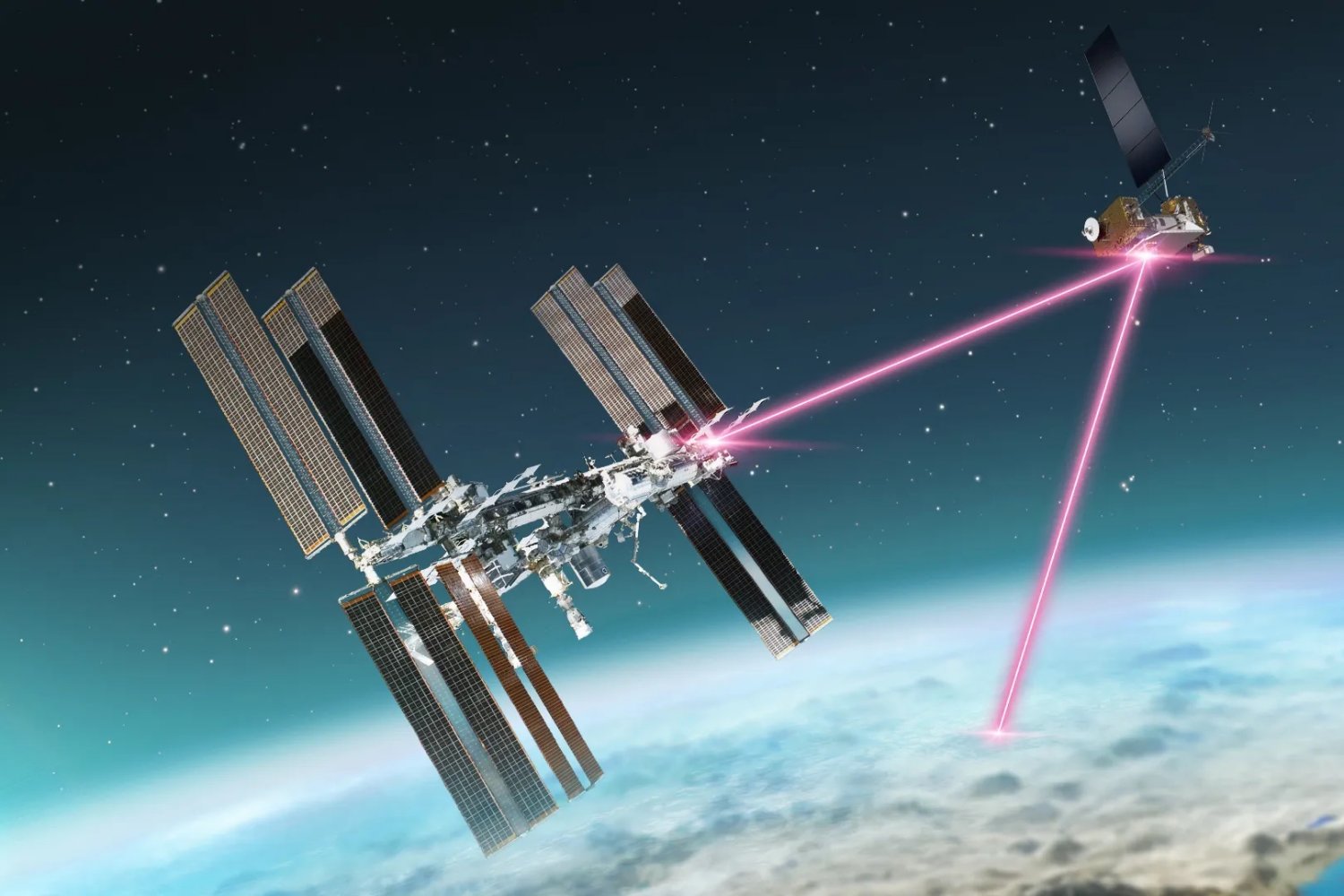
Deep Space Optical Communications (DSOC), a NASA experiment, has achieved “first light,” successfully transmitting and receiving data to and from far beyond the Moon using a near-infrared laser. The experiment is part of the recently launched Psyche spacecraft and aims to revolutionize spacecraft communication. From over 10 million miles away, a near-infrared laser encoded with test data was delivered to the Hale Telescope at Caltech’s Palomar Observatory in San Diego County, California.
To send and receive messages, the experiment used a cutting-edge laser transceiver aboard the Psyche spacecraft
The distance exceeded the Moon-Earth distance by approximately 40 times. This was the farthest demonstration of optical communications ever made. To send and receive messages, the experiment used a cutting-edge laser transceiver aboard the Psyche spacecraft. This ground-breaking achievement represented a significant advancement in high-bandwidth data transfer, which is critical for future space missions. The successful “first light” occurred on November 14, when the laser transceiver locked onto a powerful uplink laser beacon sent from JPL’s Table Mountain Facility’s Optical Communications Telescope Laboratory.
The transceiver and ground stations worked together, as well as automated systems, to fine-tune the laser’s pointing back to Palomar. Trudy Kortes, NASA Headquarters’ director of Technology Demonstrations, emphasized the significance of getting “first light” as a significant milestone. “Achieving first light is one of many critical DSOC milestones in the coming months, paving the way toward higher-data-rate communications capable of sending scientific information, high-definition imagery, and streaming video in support of humanity’s next giant leap: sending humans to Mars,” Kortes said in a statement. The experiment does not send Psyche mission data, and DSOC operations do not interfere with spacecraft data. The Psyche spacecraft is being checked out, with propulsion systems and instruments being tested in preparation for its arrival in 2028 to explore the asteroid Psyche.






